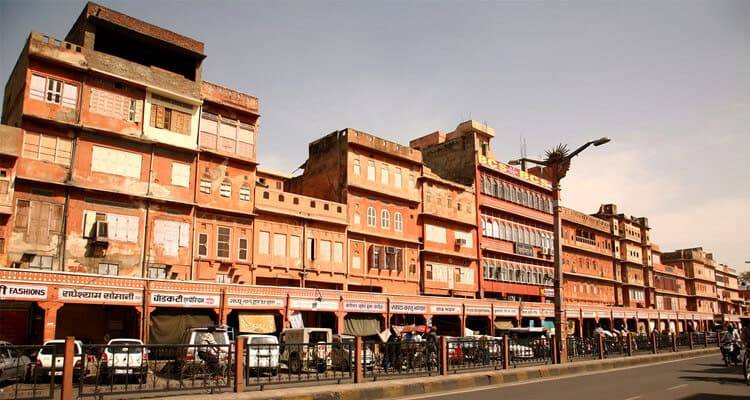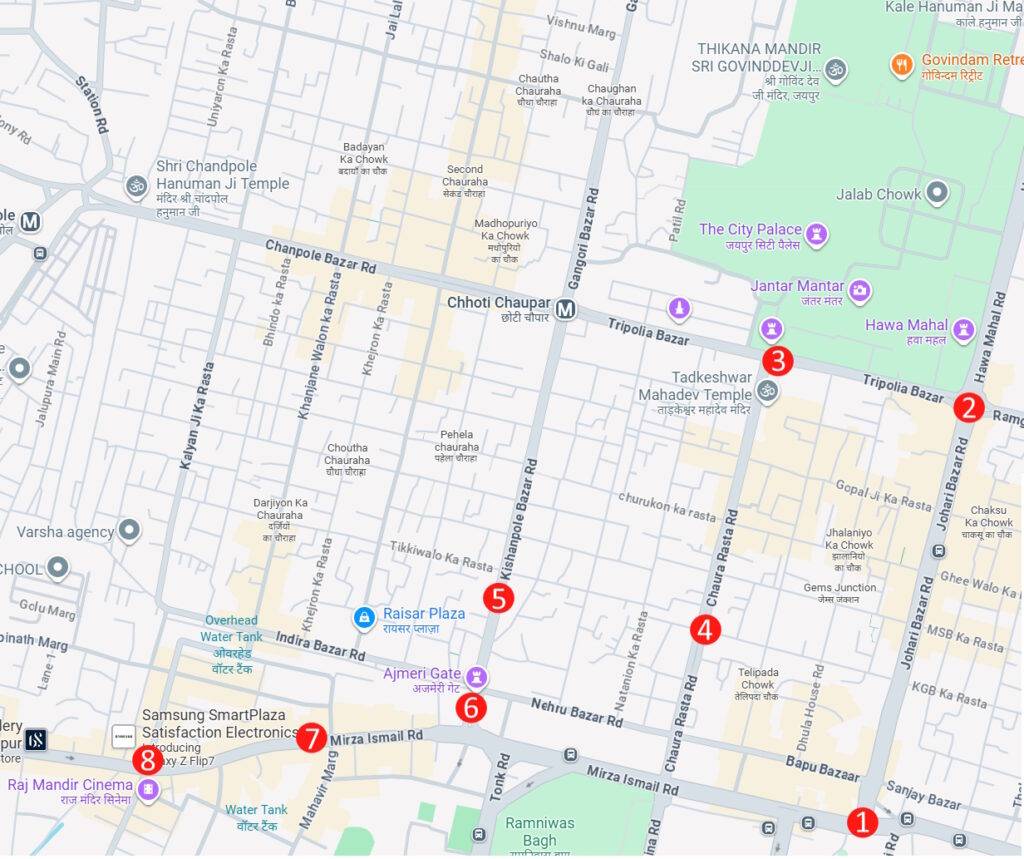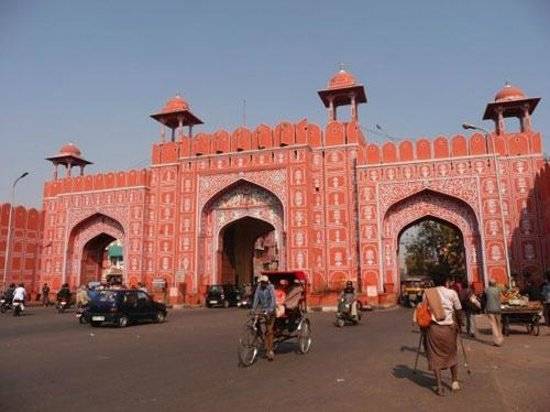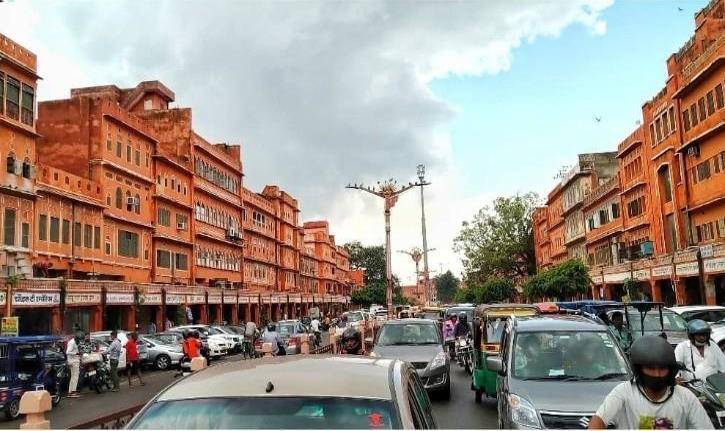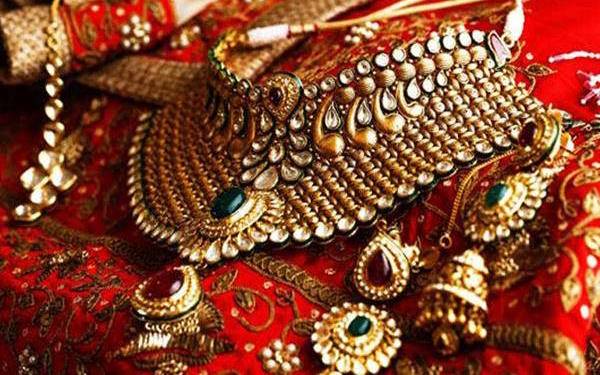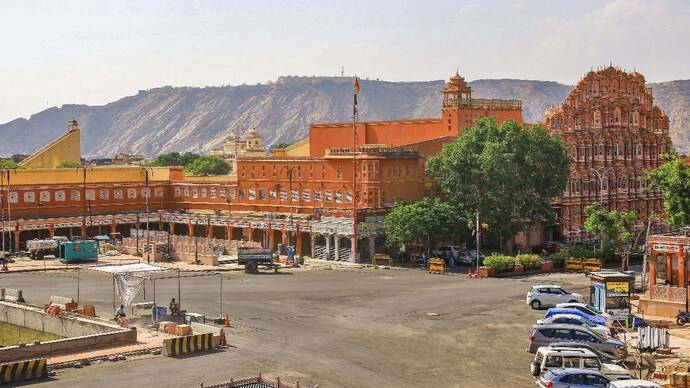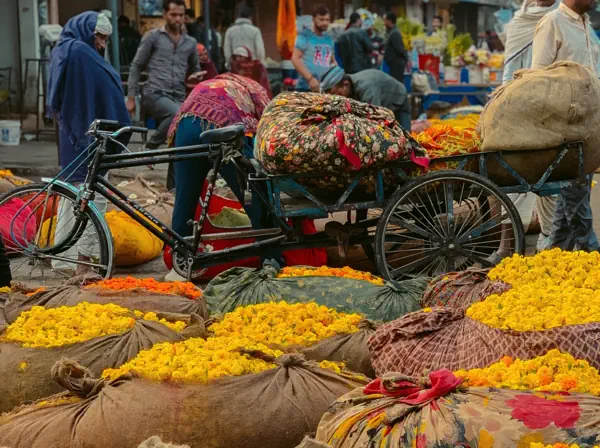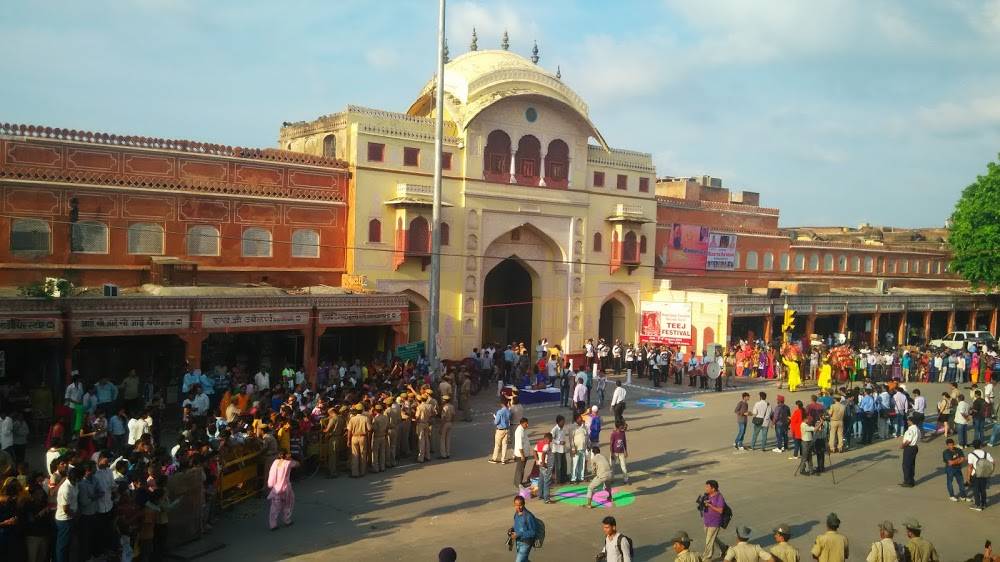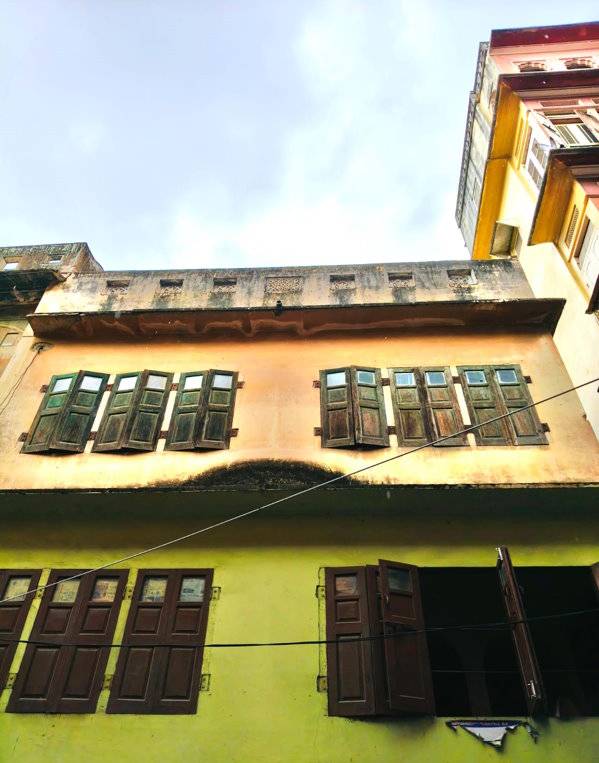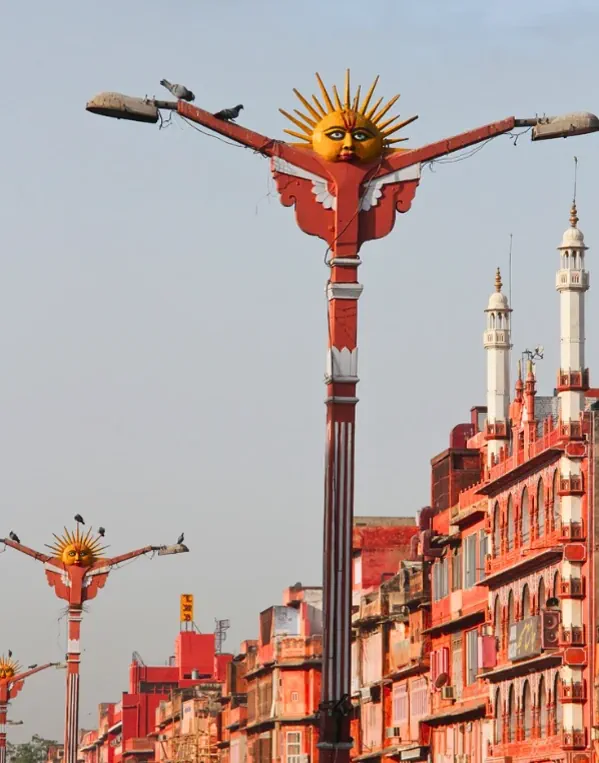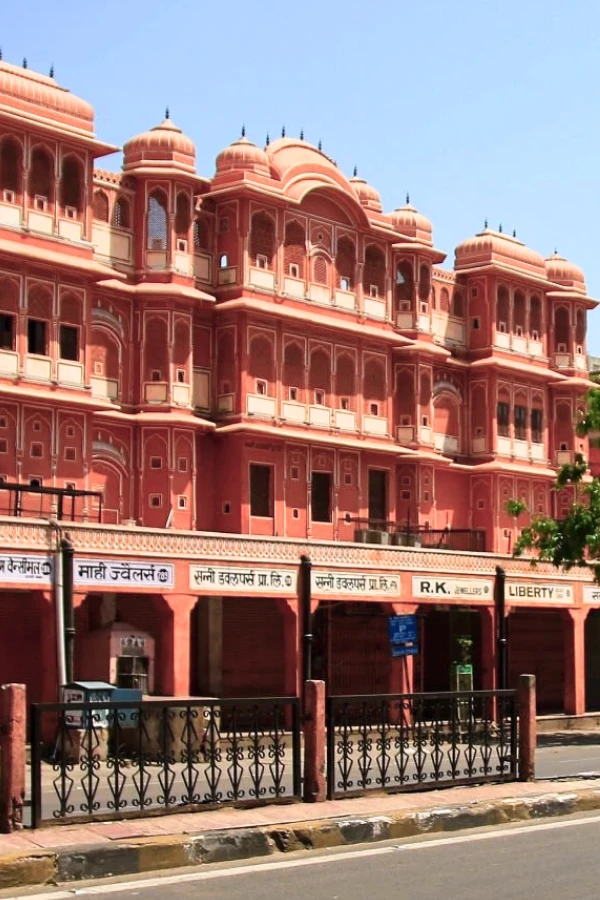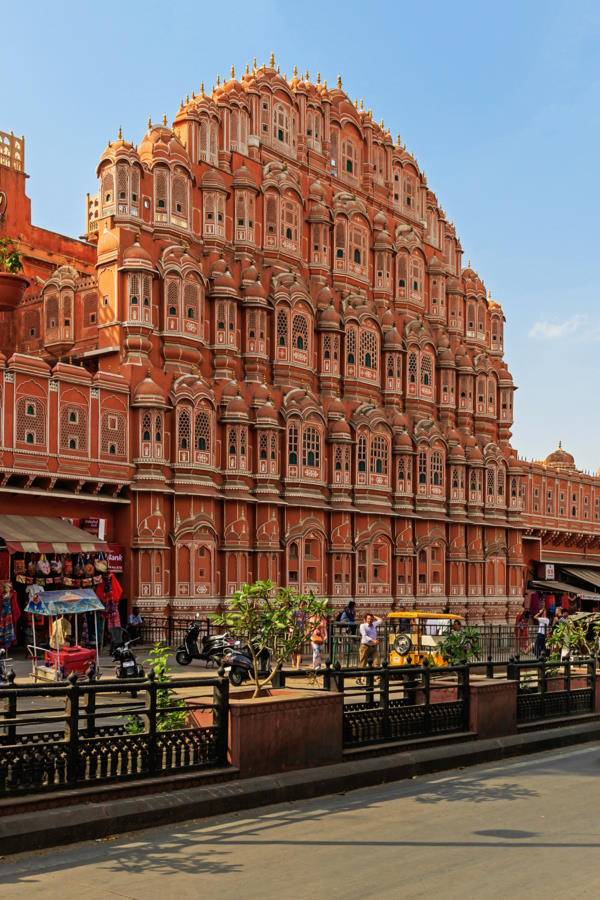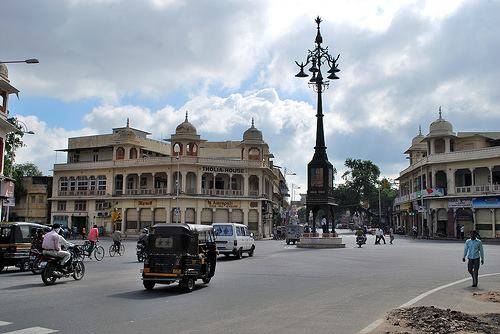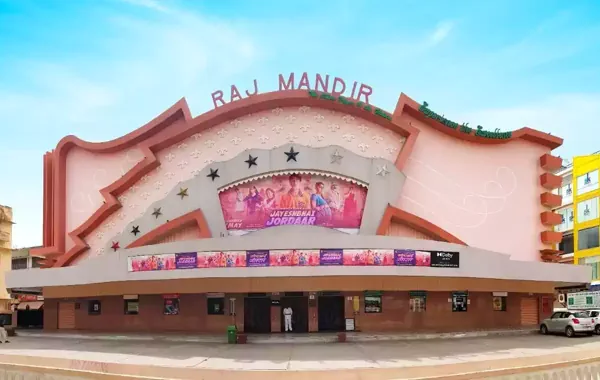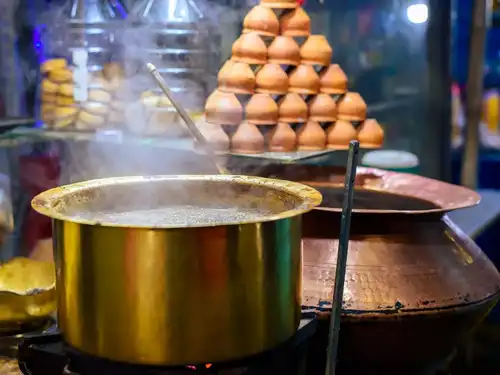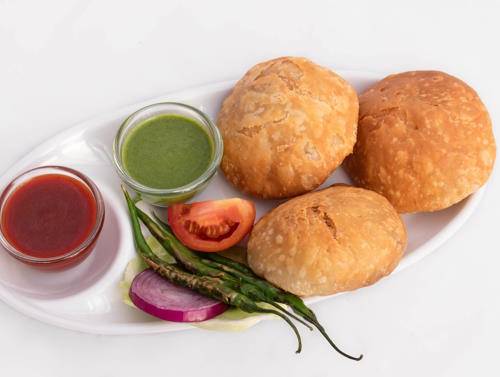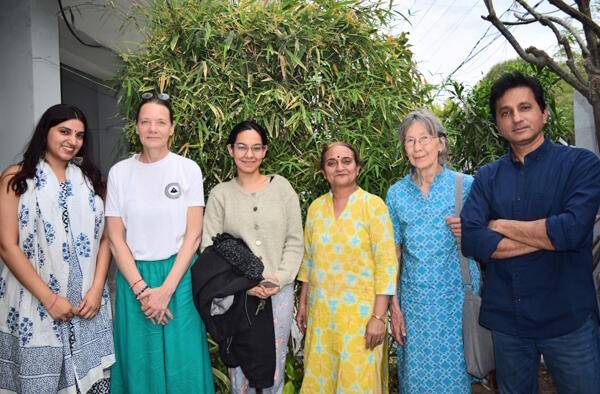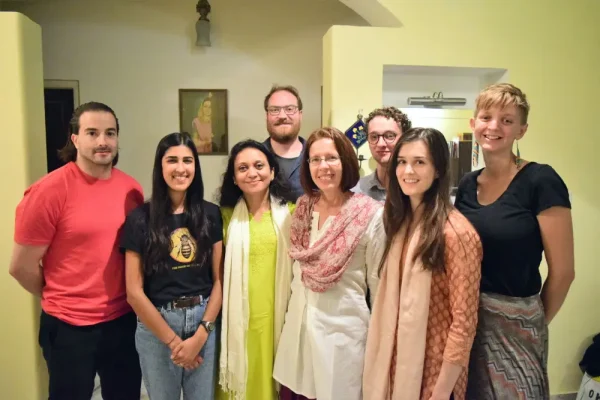3-Hour Pink City Walking Tour: Jaipur’s Heritage at Dawn
When people think of Jaipur, the capital of Rajasthan, they imagine a bustling city of colors, sounds, and endless bazaars. Yet, there is another side to Jaipur that only a handful of travelers ever experience — the quiet beauty of the Pink City at dawn. Between 6 AM and 9 AM, before the traffic builds up and before the shops lift their shutters, the historic core of Jaipur feels like a living museum. The streets glow with a soft pink hue, temples ring with bells of morning prayers, milkmen cycle past with clinking cans, and chai stalls begin to brew the day’s first kettle.
This is the perfect time for a walking tour. In three hours, you can cover the heart of Jaipur — a compact stretch of 2–3 kilometers — passing through Johari Bazaar, Badi Chaupar, Tripolia Bazaar, Chaura Rasta, Kishanpole Bazaar, Ajmeri Gate, and finally walking down M.I. Road to Panch Batti. Along the way, you’ll encounter historic squares, temples, gates, and hidden bylanes that reveal the everyday rhythms of this 18th-century walled city.
Whether you are a history enthusiast, a photographer, or simply a curious traveler, this walk is designed to immerse you in Jaipur’s architecture, traditions, and morning life.
Follow the stops marked in the map in the sequence.
Stop 1: Johari Bazaar – The Jewelers’ Market
Your journey begins at Johari Bazaar, one of the most famous markets of Jaipur. The name literally means “jewelers’ market,” and during the day, it is packed with shops selling gold, silver, gemstones, and traditional kundan jewelry. By the time you arrive here at 6 AM, the shutters are still down, but that’s exactly what makes this moment special.
Instead of crowds and traffic, you see the bazaar’s architecture in its purest form: endless rows of uniform pink facades, arched shopfronts, and the grid-like planning that was laid down by Maharaja Sawai Jai Singh II when Jaipur was founded in 1727. The stillness allows you to admire how symmetrical and ordered the bazaar is, unlike the winding bazaars of older Indian cities.
Morning activity here has its own charm. You’ll find women walking briskly to temples, priests performing rituals, and small tea stalls already serving early risers. It’s a perfect place to take your first photographs, capturing the contrast of empty streets against the soft golden glow of sunrise.
As you walk, notice the narrow bylanes (known as rastās) branching out from Johari Bazaar. One of the most notable is Gopal Ji Ka Rasta, which later in the day becomes a bustling lane of gemstone workshops and traditional artisans. Early morning, it’s quiet, but you can imagine the stories hidden in every workshop.
Picture Credit: whatshot.in & Travelogy India
Stop 2: Badi Chaupar – The Big Square
From Johari Bazaar, a short walk brings you to Badi Chaupar, one of the two grand squares in Jaipur’s grid plan. Designed as public gathering spaces, these chaupars once hosted markets, festivals, and even royal processions. Today, Badi Chaupar is still a central landmark.
At dawn, instead of the day’s chaos, you find it almost serene. Rickshaw drivers sip tea while waiting for their first customers, and pigeons flutter across the square. If you look around carefully, you’ll notice the impressive Hawa Mahal (Palace of Winds) rising at the edge of the square. The famous façade, with its 953 jharokha windows, looks magical in the early light. This was where royal ladies once sat behind latticed screens to watch the life of the street below, without being seen themselves. You can spare some time to visit Hawamahal at length during the day or in the evening when it is lit beautifully. Hawamahal is mostly to be seen from the outside unless you have interest to explore it fully from the inside also.
Standing in Badi Chaupar, you get a real sense of Jaipur’s planning genius. The square connects major bazaars in all four directions, and its size allowed for elephants and royal entourages to turn and pass through during the days of the Maharajas.
Past Hawamahal, it’s only a short walk north to the Govind Devji Temple, one of Jaipur’s most revered Krishna temples. If you time your visit around 6:30–7:00 AM, you may witness the mangala aarti — a devotional morning ritual where hundreds gather, singing and clapping in unison. It’s a rare chance to experience the spiritual heartbeat of Jaipur before the day’s business begins
Travel Tip: If you’re a photographer, this is one of the best spots on the tour to capture Jaipur waking up. The palace, the pigeons, and the empty expanse of the square create a timeless frame.
Picture Credit: PTI, anikapannu.com
Stop 3: Tripolia Bazaar – The Lane of Iron and Lac
Heading west from Badi Chaupar, you enter Tripolia Bazaar, a street known for its lac bangles, ironware, and brass utensils. By the time you walk here in the morning, the shops are still shuttered, but the real beauty lies in the old pink facades and the temples tucked away along the road.
The bazaar’s name comes from Tripolia Gate, a triple-arched gateway nearby that once served as a private entry to the royal palace. This gate was reserved for the Maharaja, his royal family, and their ceremonial processions. Commoners were not allowed to pass through it — a small reminder of the city’s regal past.
Tripolia Gate used to be the entry point of City Palace, the historic residence of Jaipur’s royal family. Built by Maharaja Sawai Jai Singh II in the 18th century, the palace is a fascinating mix of Mughal and Rajput architecture. While you may not have time for a full museum visit during this morning walk, even a brief look at its grand gateways, courtyards, and towering walls gives a sense of Jaipur’s royal past. A separate visit to City Palace later in the day to explore the Museum, arms gallery, royal costumes, and the famous Peacock Gate is a must-see tourist attraction.
As you pass through the Bazaar, keep an eye out for Maniharon Ka Rasta, one of the famous bylanes branching out of Tripolia. Later in the day, this bylane is buzzing with bangle makers crafting colorful lac bangles, a craft Jaipur is celebrated for. In the morning, however, the lane is quiet, lined with locked shops but rich in atmosphere.
